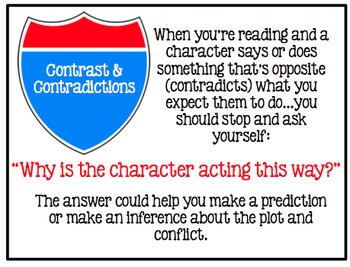

- #Stop note playing milkytracker how to#
- #Stop note playing milkytracker code#
- #Stop note playing milkytracker series#
#Stop note playing milkytracker series#
Protracker 3 series arrived in January 1993, written by Ivar Olsen, Bjarte Andressen and Tom Bech, with slight changes to the replay routine (the Sample Offset command can behave differently and the elimination of DMA Wait so that the replay runs correctly on different speed CPUs). It should be noted that the “FunkIt” command is currently not supported, however its not entirely clear if any modules actually used this command. In order to play very early Protracker modules (1.0a-1.0c) the Vibrato mode needs to be set to Noisetracker 1.1 mode.

The only major change is the removal of the “FunkIt” command (Version 1.0c) which is changed to “Invert Loop” (in Version 1.1a) and the Vibrato Command depth was changed to be compatible with Noisetracker 2.0 (instead of Noisetracker 1.1).Īlso of interest is that Peter “Crayon” Hanning would take over development for Version 2.1 to Version 2.3. Interestingly although there are lots of revisions to Protracker (version 1.0c to 3.15) the actual replay routine is near identical. It would become by far the most dominant Soundtracker on the Amiga. Released on 27th of December 1990 by Lars “Zap” Hamre of the Amiga Freelancers was yet another big step forward for Soundtrackers, over a dozen new commands added, support for 128K samples, sample fine tuning and an accurate BPM Tempo clock. So a massive thank you to Karsten Obarski for creating Ultimate Soundtracker and starting the ball rolling that would influence and inspiring many people to compose their own music and write their own software.
#Stop note playing milkytracker code#
Within 12 months over a dozen Soundtracker clones had appeared, some even using Karsten own code base! Although previous home micros, such as the Commodore 64, could play samples the limited amount of ram on these 8-bit machines usually meant you were restricted to using low quality drum kit samples.Īlthough Ultimate Soundtracker was not a commercial success, it was instantly take up by game developers, shareware and public domain authors, the demo scene and even the cracking community. The snowball effect was massive, currently (2012) the Amiga Music Preservation ( AMP) contains over 120,000 sound modules (in various derived formats).Īt a time when commercial samplers and sequencers cost more than a family car Ultimate Soundtacker, combined with the audio hardware of the Amiga, gave people to the opportunity to experience musical instruments using samples as opposed to synthesized sound. The concept was simple, the timing perfect (the lowered cost version of the Amiga had just been launched - the Amiga 500) and Ultimate Soundtracker allowed non-programmers to create music easily and, just as importantly, see how others made their music. The pseudocode i wrote is horribly unoptimized, it could be done better.In August 1987, some 25 years ago, Karsten Obarski created the first Soundtracker on the Amiga, a commercial product released in Germany entitled “Ultimate Soundtacker” became available in December 1987. Probably too low precision for the timings, unless you have vsync off. for each channel, decide whether a note should play, or if it's already playing, whether it should stop or not, and act accordingly. have a timer variable that gets incremented in here by dt.

#Stop note playing milkytracker how to#
a bith of math is needed to figure out how to get another note frequency from the waveform's base frequency.

T1 = - the pitch multiplier, since sources only have this. Have a table for each source, each index containing a table with timings, note lengths and pitches volume not necessary for the smb theme. load in waveforms for the 4 tracks of the smb theme


 0 kommentar(er)
0 kommentar(er)
